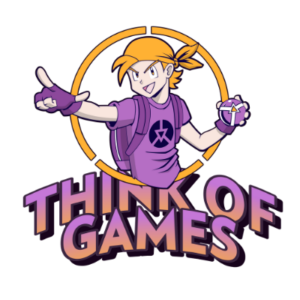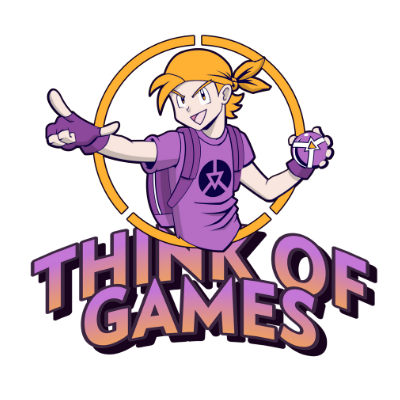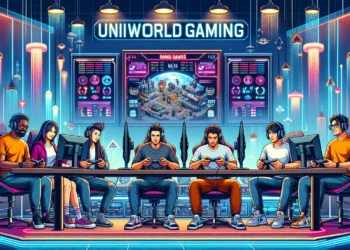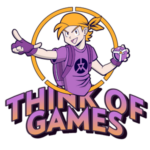If you’re a gamer, you’ve heard of Counter-Strike. You may not have played it before but you’ve definitely heard of it. It’s been around since the 90s; it’s almost three decades old. But, fret not, the game has introduced some serious upgrades since then, so you’re not playing a game from the 90s. Although a retro game can also be really fun. But no, it’s been upgraded and changed to match the level of gaming features you’d expect to see from a modern game today. In fact, it’s so advanced that it counts as one of the most highly performing and immersive games out there.

Wait a minute, you don’t know the game? Right, well, to put it very simply: it’s a first-shooter tactical game where you have two ‘players’ or ‘teams’. It’s the terrorists vs the counter-terrorists. So, a team that’s hell bent on ruining the day and one that’s hell bent on saving the day. They perform missions, so you complete the game or the round when you have successfully completed your mission. This could be diffusing a bomb or even saving some hostages. The mission changes per game. It’s a game that has changed a lot and received a lot of success and you’re about to find out how and why.
The Early Days That Set the Tone for Everything That Followed
Counter-Strike didn’t begin as a huge studio release, as you might think. It wasn’t the NBA or Tony Hawk of the ’90s. It started as a mod for Half-Life back in 1999. The developers always say it was something created out of passion rather than corporate planning.
In its early days, the game was stripped down compared to modern shooters. No battle passes, no flashy cinematics and no sprawling open worlds. You had close-quarter maps, simple buy menus and two teams trying to outsmart each other in short, tense rounds. But that tight design was exactly what made it addictive. Every mistake mattered, every good call mattered even more and you could feel yourself getting better the more you played.
Things changed when Valve took the reins and released Counter-Strike 1.0; the game moved out of the modding scene and into global popularity. It became the new kid on the block and everyone wanted to be part of it.
How Counter-Strike Evolved Without Losing Its Core
The beginning versions of Counter-Strike 1.6 cemented the classic CS feel. You had tight movement mechanics, iconic maps and the early competitive scene all grew from here.
Then came Counter-Strike: Source. Valve moved the game into a new engine with improved visuals and physics. Even though it looked fresher, some players weren’t fully convinced due to subtle changes in mechanics. Still, it brought in new fans and kept the franchise thriving.
Launched in 2012, CS:GO blended improved graphics with refined mechanics, matchmaking systems and eventually a huge esports ecosystem. It introduced weapon skins, which exploded into their own form of trading and collecting. CS:GO transformed Counter-Strike from a beloved classic to a global esports icon, that’s for sure. This is the one that really got the global attention going and the skins were such an excellent business idea. It created a whole subculture of cs2 betting sites and cs2 gambling options, as people started to buy and sell the skins on the great cs2 gambling sites as they wanted to be part of the csgo skins gambling action.
The most recent jump to Counter-Strike 2 added modern lighting, updated maps and smoother gameplay. Instead of reinventing the wheel, it simply polished it. The pacing, strategy and precision still feel unmistakably Counter-Strike.
The Reasons Counter-Strike Became Such a Massive Success
Counter-Strike didn’t just get lucky. Its success comes from a mix of design decisions, community involvement and the kind of gameplay that rewards you for investing time into it.
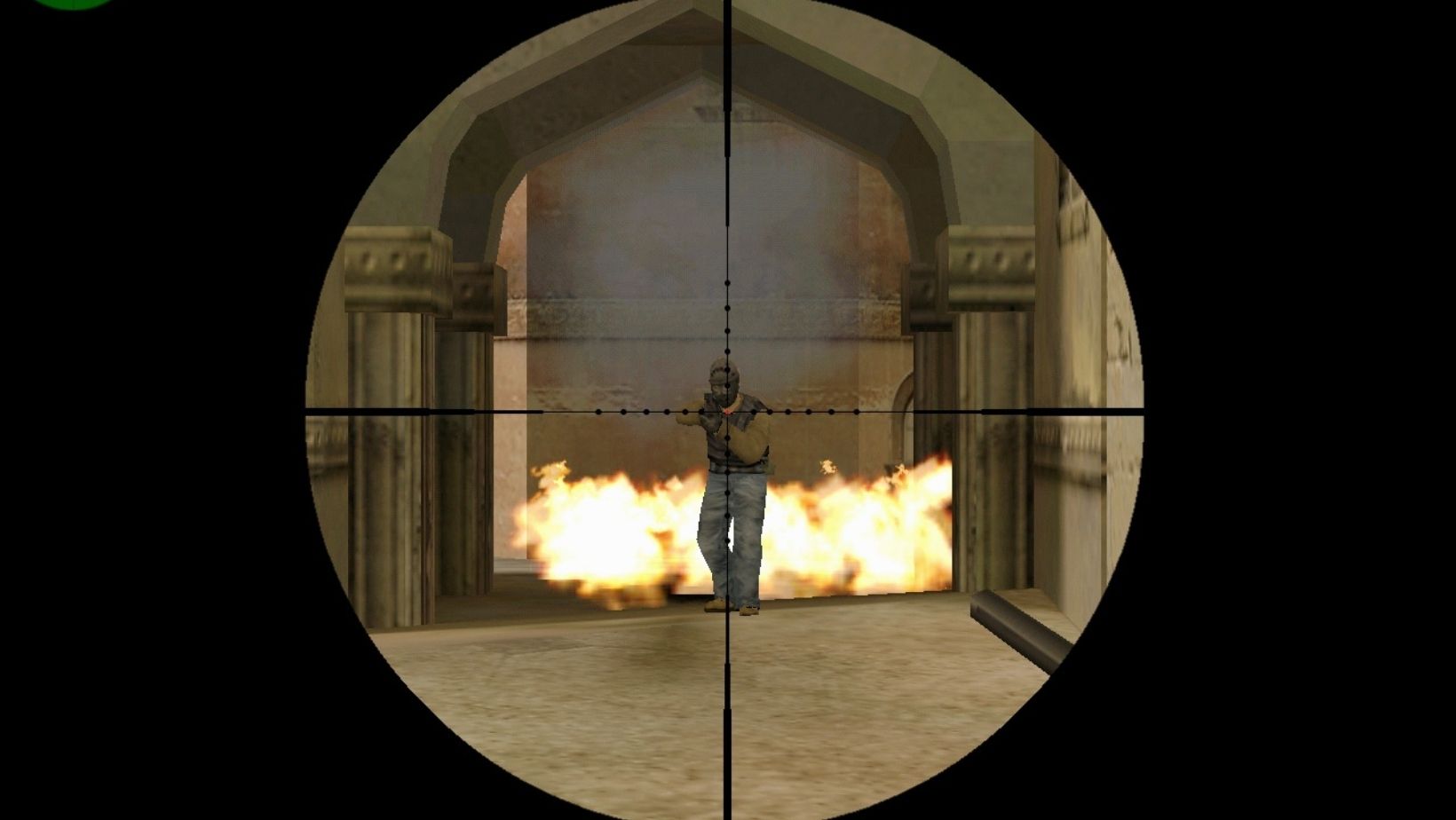
Here are some of the biggest reasons it rose to the top:
- A Structure Built on Pure Skill: Counter-Strike doesn’t rely on randomness, power-ups or character abilities. When you win a round, it’s because of your aim, your positioning, your timing or your teamwork. That focus on skill made the game endlessly replayable and deeply satisfying. You always feel like you can improve and every improvement shows up in the game.
- Simple Mechanics with Endless Depth: On paper, Counter-Strike is simple. You have two teams, an objective and a timer. But the layers underneath are economy management, recoil control, map knowledge, movement techniques and team coordination. This gives the game a depth that keeps players coming back for years. You can learn the basics in a day but spend a lifetime trying to master the finer details.
- Maps That Feel Like Characters: Dust2, Inferno, Mirage and Nuke. These maps are practically characters in the game’s universe. They’re balanced, familiar and full of tactical possibilities. When a map becomes that iconic, you know the game behind it is doing something right.
Why Counter-Strike Still Holds Its Ground Today
Even as new games launch with impressive trailers and flashy mechanics, Counter-Strike keeps proving that solid gameplay and community passion beat trends every time. It’s the rare game that grows older without feeling outdated and if history is any indication, it’s going to stay relevant for a long time to come. It will be exciting to see how these games evolve over the next years.
